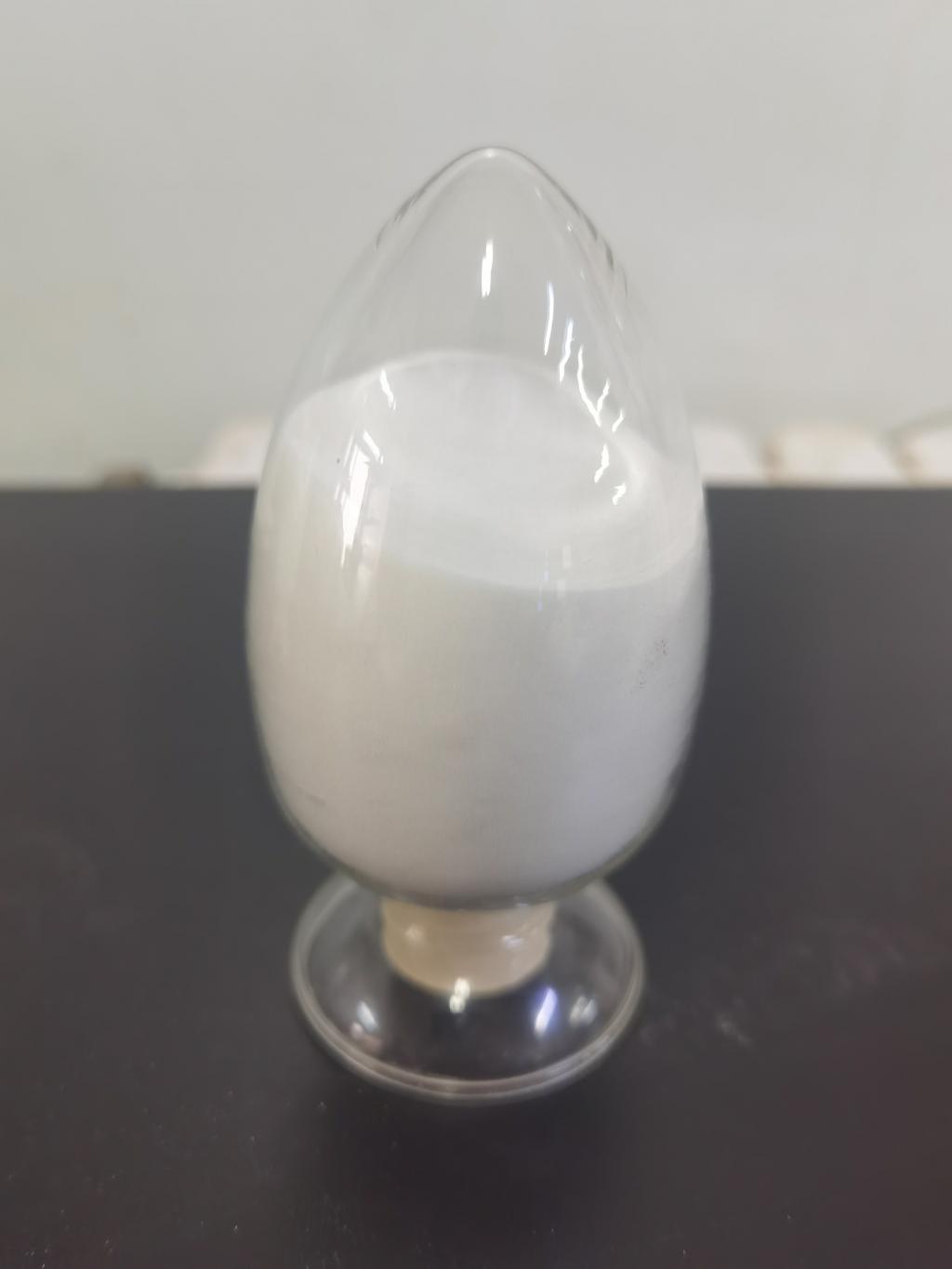Tel:0086 18231198596

News
Research of the potential synergies between ε-Polylysine hydrochloride and traditional antibiotics.
TIME:2024-03-19
Understanding ε-Polylysine Hydrochloride and Traditional Antibiotics:
ε-Polylysine hydrochloride is a biopolymer derived from microbial fermentation, known for its potent antimicrobial properties against a wide range of bacteria. Traditional antibiotics, on the other hand, are synthetic or naturally derived compounds that target specific bacterial pathways or structures, inhibiting bacterial growth or killing bacteria outright. While both ε-Polylysine hydrochloride and traditional antibiotics have demonstrated efficacy in combating bacterial infections individually, researchers are exploring the potential synergies when used in combination.
Mechanisms of Action:
The mechanisms of action of ε-Polylysine hydrochloride and traditional antibiotics differ but complement each other, potentially leading to synergistic effects. ε-Polylysine hydrochloride disrupts bacterial cell membranes, leading to cell lysis and death, while traditional antibiotics may target specific bacterial enzymes, proteins, or cell wall components. When used together, ε-Polylysine hydrochloride may enhance the permeability of bacterial cell membranes, facilitating the entry of traditional antibiotics into bacterial cells and potentiating their antimicrobial activity.
Benefits of Synergistic Use:
Enhanced Antimicrobial Activity: The combination of ε-Polylysine hydrochloride and traditional antibiotics may result in enhanced antimicrobial activity against bacterial pathogens, including multidrug-resistant strains. By targeting bacteria through different mechanisms, synergistic combinations have the potential to overcome resistance mechanisms and improve treatment outcomes.
Reduced Antibiotic Resistance: The synergistic use of ε-Polylysine hydrochloride and traditional antibiotics may help reduce the emergence and spread of antibiotic resistance. By enhancing the efficacy of traditional antibiotics, ε-Polylysine hydrochloride can lower the required antibiotic concentration, minimizing selective pressure for resistance development.
Broader Spectrum of Activity: Synergistic combinations of ε-Polylysine hydrochloride and traditional antibiotics may exhibit a broader spectrum of activity against diverse bacterial species. This expanded coverage is particularly beneficial for treating polymicrobial infections or infections caused by antibiotic-resistant pathogens with multiple resistance mechanisms.
Lower Treatment Dosages: Using ε-Polylysine hydrochloride in combination with traditional antibiotics may allow for lower treatment dosages of antibiotics, reducing the risk of antibiotic-related side effects and toxicity. This approach promotes more judicious antibiotic use and conserves antibiotic efficacy for future generations.
Potential for Novel Therapies: The synergistic interactions between ε-Polylysine hydrochloride and traditional antibiotics open up avenues for the development of novel therapeutic approaches, including combination therapies and drug delivery systems. These innovative strategies have the potential to revolutionize the treatment of bacterial infections and address challenges associated with antimicrobial resistance.
Challenges and Considerations:
Despite the potential benefits, several challenges and considerations must be addressed in research on the synergies between ε-Polylysine hydrochloride and traditional antibiotics:
Optimizing Combinations: Identifying optimal combinations of ε-Polylysine hydrochloride and traditional antibiotics requires comprehensive screening and evaluation of their synergistic interactions. Factors such as bacterial species, antibiotic resistance profiles, and treatment regimens must be considered to maximize therapeutic efficacy.
Understanding Mechanisms: Further research is needed to elucidate the underlying mechanisms of synergy between ε-Polylysine hydrochloride and traditional antibiotics. Understanding how these agents interact at the molecular level can inform the design of more effective combination therapies and overcome potential resistance mechanisms.
Clinical Translation: Translating preclinical findings into clinical applications requires rigorous evaluation through clinical trials. Safety, efficacy, pharmacokinetics, and pharmacodynamics of combination therapies must be assessed in human subjects to ensure their suitability for clinical use.
Regulatory Approval: Obtaining regulatory approval for combination therapies involving ε-Polylysine hydrochloride and traditional antibiotics may present challenges due to the complexity of evaluating combination products. Regulatory agencies require robust evidence of safety and efficacy to approve novel therapies for clinical use.
Economic Considerations: The cost-effectiveness of combination therapies must be evaluated to assess their feasibility and accessibility in clinical practice. Economic considerations, including drug pricing, reimbursement policies, and healthcare budgets, play a crucial role in determining the adoption and implementation of novel treatment strategies.
Implications for Antimicrobial Resistance:
Research on the synergies between ε-Polylysine hydrochloride and traditional antibiotics holds significant implications for addressing antimicrobial resistance. By enhancing the effectiveness of traditional antibiotics, ε-Polylysine hydrochloride-based combination therapies offer promising solutions to combat multidrug-resistant infections and preserve the efficacy of existing antibiotics. Moreover, the development of novel therapeutic approaches underscores the importance of innovation and collaboration in the fight against antimicrobial resistance.
Conclusion:
Ongoing research to understand the potential synergies between ε-Polylysine hydrochloride and traditional antibiotics represents a promising frontier in antimicrobial therapy. By harnessing the complementary mechanisms of action of these agents, researchers aim to develop more effective, sustainable, and resilient treatments for bacterial infections, including those caused by multidrug-resistant pathogens. The exploration of synergistic combinations underscores the importance of interdisciplinary collaboration, translational research, and innovation in addressing the global challenge of antimicrobial resistance. Through continued efforts, synergistic therapies may offer new hope in the battle against antibiotic-resistant bacteria and improve patient outcomes worldwide.

 CONTACT
CONTACT




